
Bas-relief - a type of sculpture with an ancient and rich history
Bas-relief is a type of sculpture in which a portion of the raised composition protrudes from the main background by less than half its volume. Bas-reliefs are widely used for decorating the exteriors and interiors of buildings, as well as in the creation of monumental works of art (monuments, obelisks, steles, and memorial complexes). Relief images, unlike full-round sculptures, are partially surrounded by open space and are primarily meant to be viewed from the front.
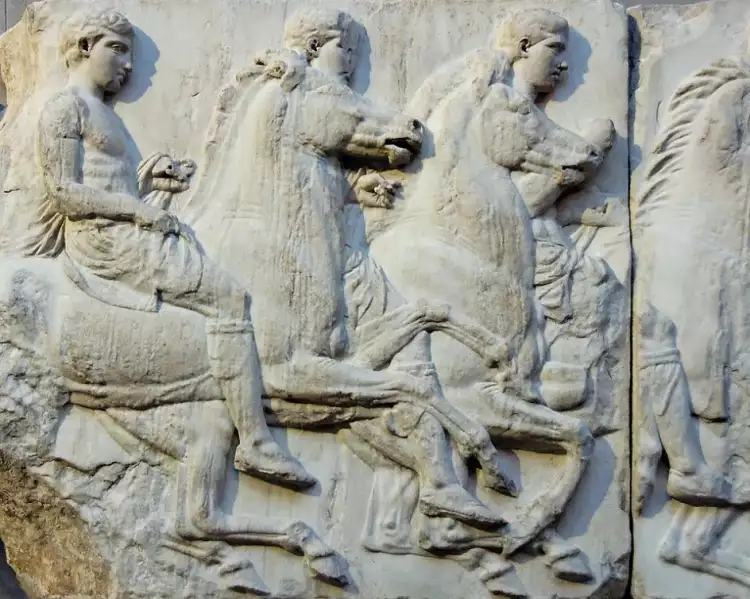 Bas-relief. Fragment of the Ionic frieze of the Parthenon, 5th century BC
Bas-relief. Fragment of the Ionic frieze of the Parthenon, 5th century BC
Bas-reliefs are typically made from the same material as the solid background of the sculptural composition. Raised reliefs can vary greatly in size, ranging from monumental multi-meter carved rock images to miniature objects (coins, medals, and jewelry).
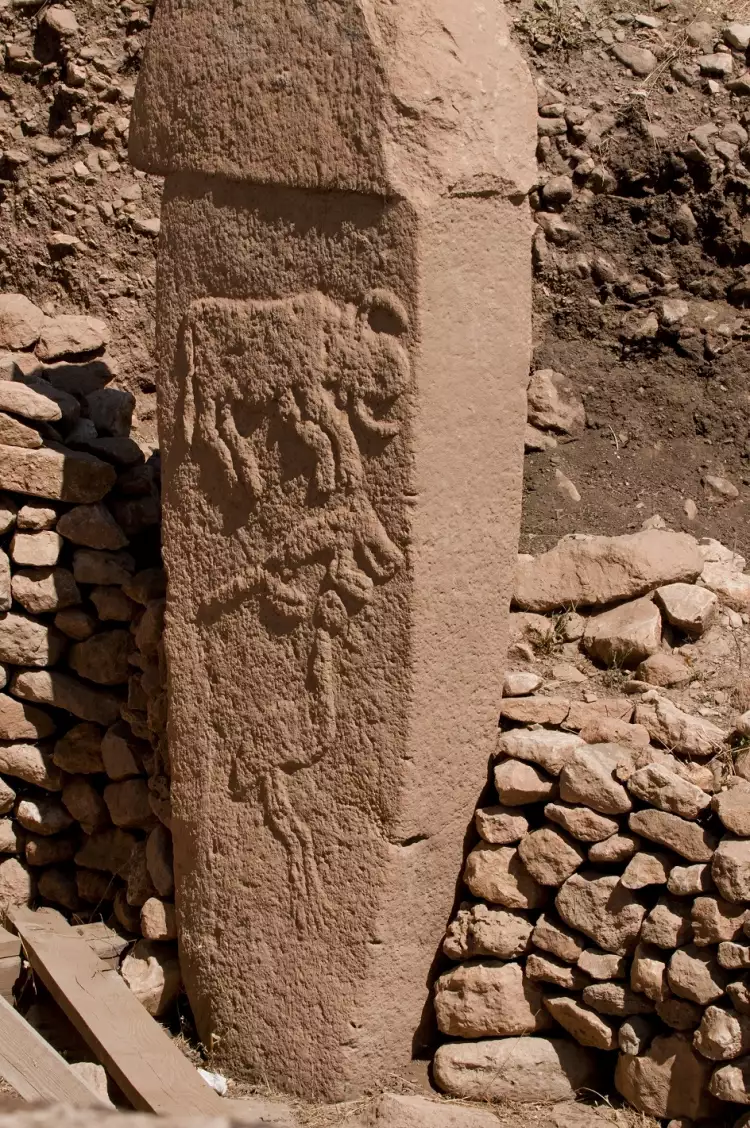 Bas-relief. The oldest bas-relief in Göbekle Tepe, Turkey. 9th millennium BC
Bas-relief. The oldest bas-relief in Göbekle Tepe, Turkey. 9th millennium BC
Varieties and Distinctive Features of Bas-Relief
Bas-relief or low relief is just one of several existing types of relief sculpture. Alongside it, other commonly used forms in construction and art include:
- High relief, in which protruding elements of the composition are mostly above the background.
- Counter-relief, in which relief figures and ornaments are set into the main background.
- Sunken relief, which represents a carved deep outline on a flat wall.
- Pierced relief, in which there are openings and no solid background to the composition.
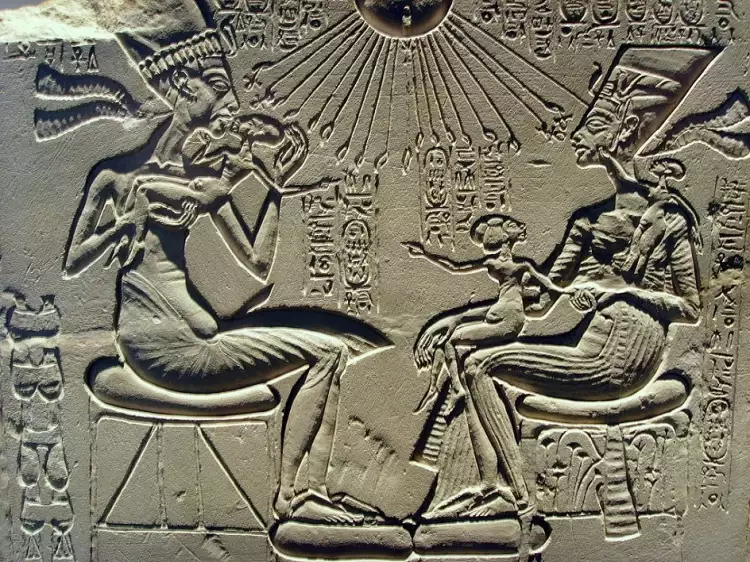 Bas-relief. Ancient Egyptian koilanalif on the walls of a temple, 14th century BC
Bas-relief. Ancient Egyptian koilanalif on the walls of a temple, 14th century BC
Artistic monumental sculptures often combine features of bas-relief and high relief. One part of the composition might strongly project from the background, while another part does so only slightly. To avoid confusion in terminology, such works of art are simply referred to as reliefs.
Bas-reliefs are classified based on various parameters:
- Genre (historical, religious, mythological, everyday life, animalistic).
- Material used (marble, plaster, wood, granite, bronze).
- Method of creation (casting or carving).
- Purpose (architectural decoration, monumental works of art, interior decorative elements, tomb and sarcophagus decor elements).
- Type of depiction (ornamental or figural).
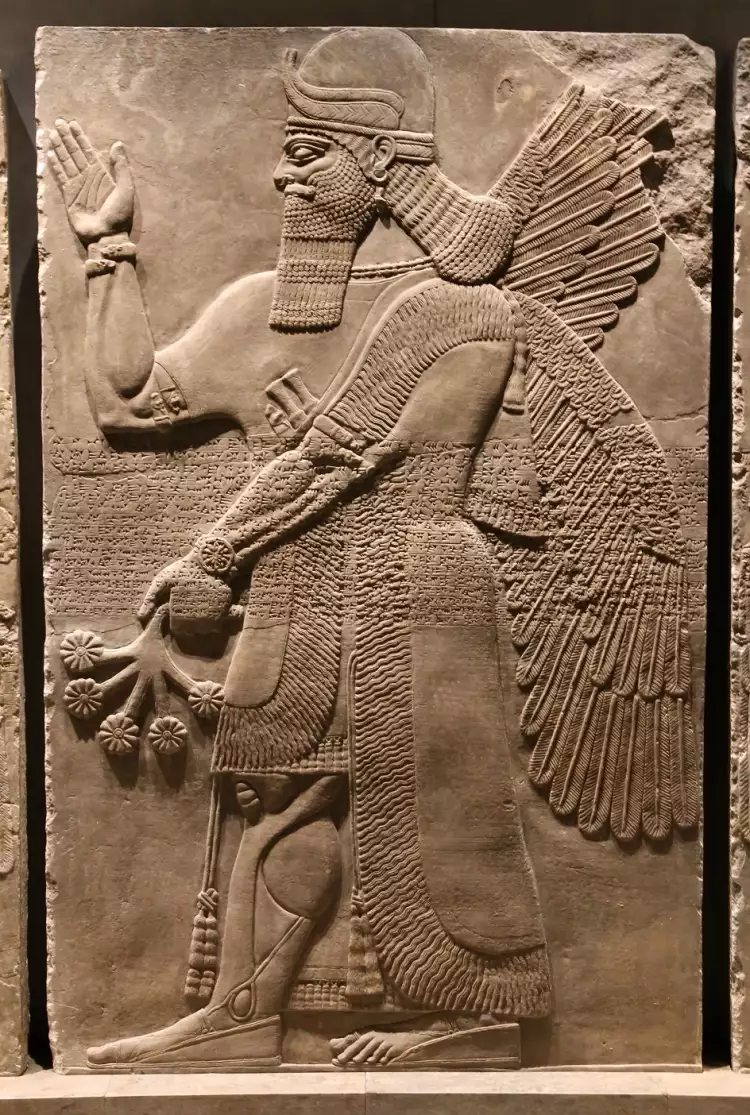 Bas-relief. Assyrian bas-relief Winged Genie, 9th century BC
Bas-relief. Assyrian bas-relief Winged Genie, 9th century BC
In architecture, bas-reliefs are used for decorating various parts of buildings and structures:
- Pediments.
- Friezes.
- Pilasters.
- Metopes.
- Vaults.
- Capitals.
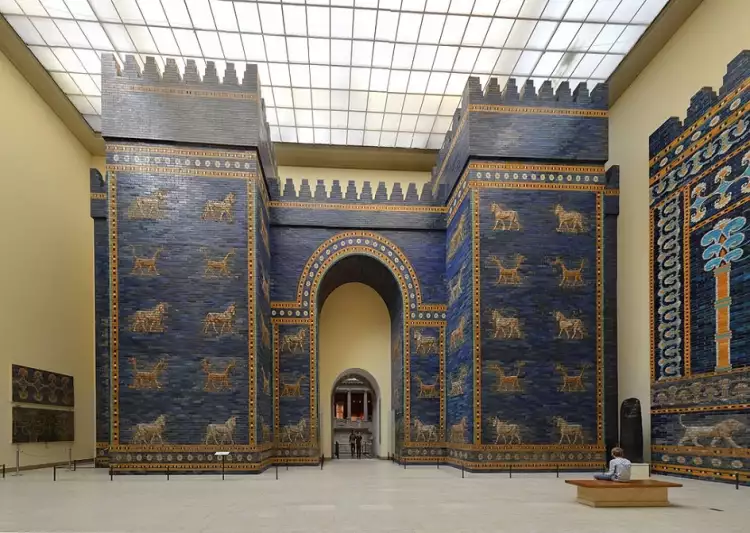 Bas-relief. Ishtar Gate from Babylon, 6th century BC
Bas-relief. Ishtar Gate from Babylon, 6th century BC
In jewelry art, master craftsmen carve exquisite miniature bas-relief pieces known as cameos from precious or semi-precious stones. Such adornments are often worn by women around the neck as a pendant or attached to clothing as a brooch.
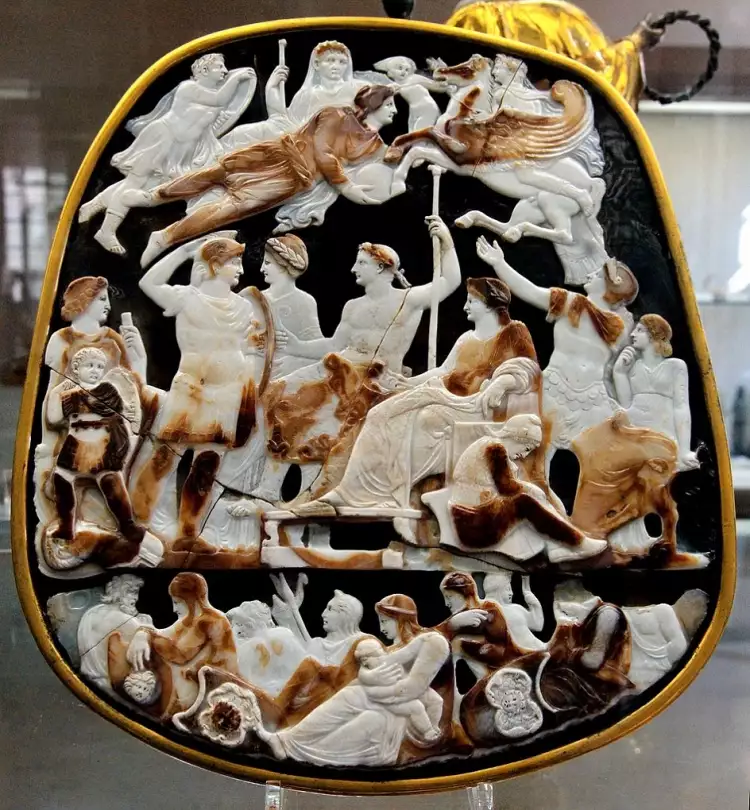 Bas-relief. The Great Cameo of France, 1st century BC
Bas-relief. The Great Cameo of France, 1st century BC
History of Bas-Relief
The age of the oldest bas-reliefs discovered by archaeologists is over 11,000 years. Numerous relief images have been found during excavations of the Göbekli Tepe temple complex in modern-day Turkey. Radiocarbon dating confirmed that these monumental works of art were created by Neolithic craftsmen around nine thousand years BC.
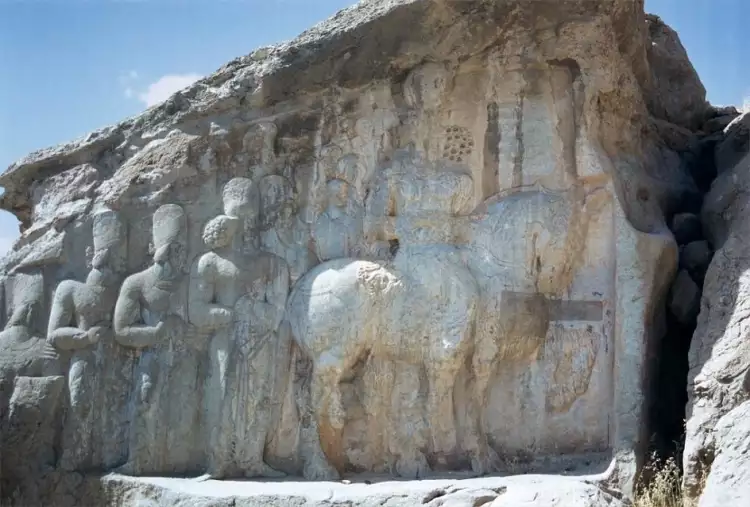 Bas-relief. Persian rock bas-relief of Shapur I with his family and courtiers, 3rd century
Bas-relief. Persian rock bas-relief of Shapur I with his family and courtiers, 3rd century
In Ancient Egypt, the technique of sunken relief or contour relief was widely used. In Babylon, Persia, and the Assyrian Empire, bas-relief images often adorned temple buildings and palace structures long before the beginning of our era.
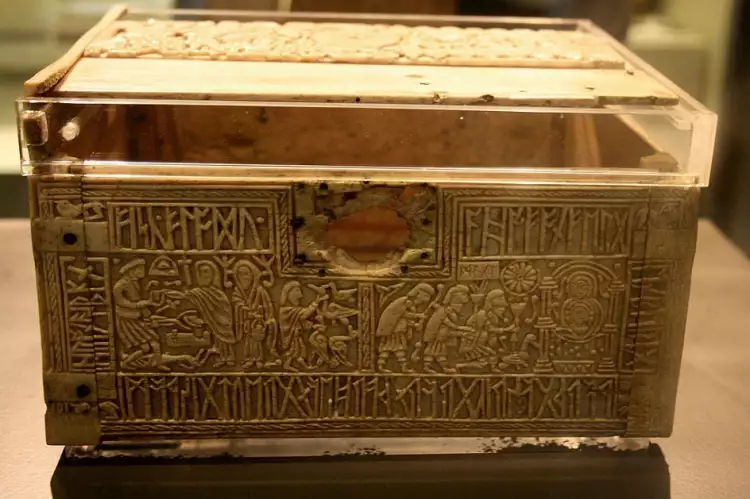 Bas-relief. Franks' chest with Anglo-Saxon runes, 8th century
Bas-relief. Franks' chest with Anglo-Saxon runes, 8th century
Many works of bas-relief art from the classical era have survived to the present day. In Ancient Greece and Rome, such depictions were an integral part of the ornamentation of temple complexes, triumphal arches, and building pediments.
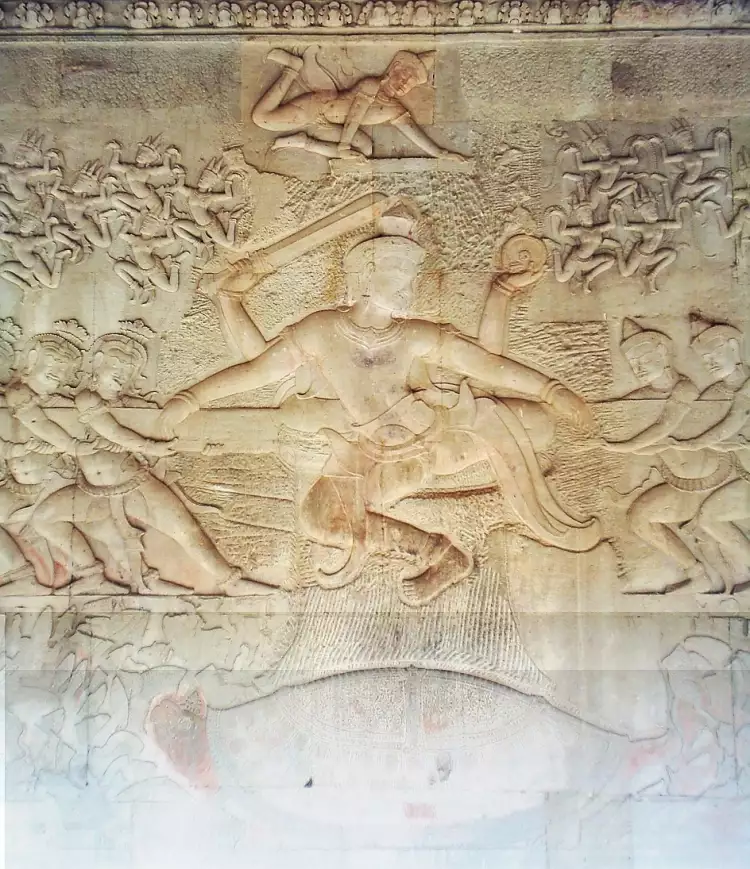 Bas-relief. Bas-relief on the walls of the Angkor Wat temple complex, 12th century
Bas-relief. Bas-relief on the walls of the Angkor Wat temple complex, 12th century
After the conquest of Rome by barbarians, the art of creating architectural bas-reliefs was lost in Europe for nearly 1000 years. For a long time, only the traditions of crafting small relief-surfaced objects, such as boxes, jewelry, icons, and furniture items, were preserved.
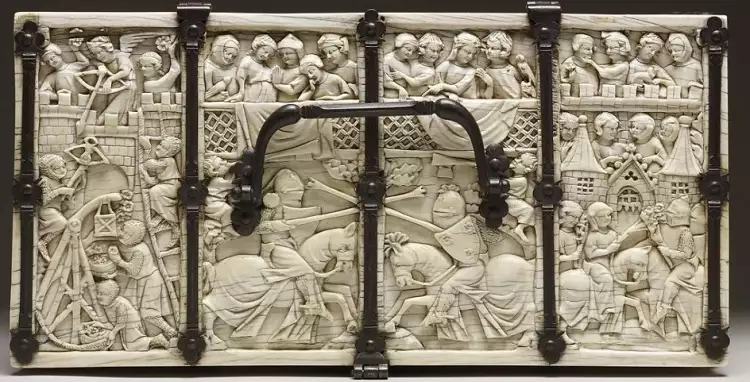 Bas-relief. Ivory bas-relief box, 13th century
Bas-relief. Ivory bas-relief box, 13th century
Numerous examples of bas-reliefs from the 1st to the 10th centuries AD have survived to this day in India and Southeast Asian countries (Indonesia, Cambodia, Myanmar, Thailand). Such sculptural compositions were in demand for the construction of Buddhist and Hindu temples.
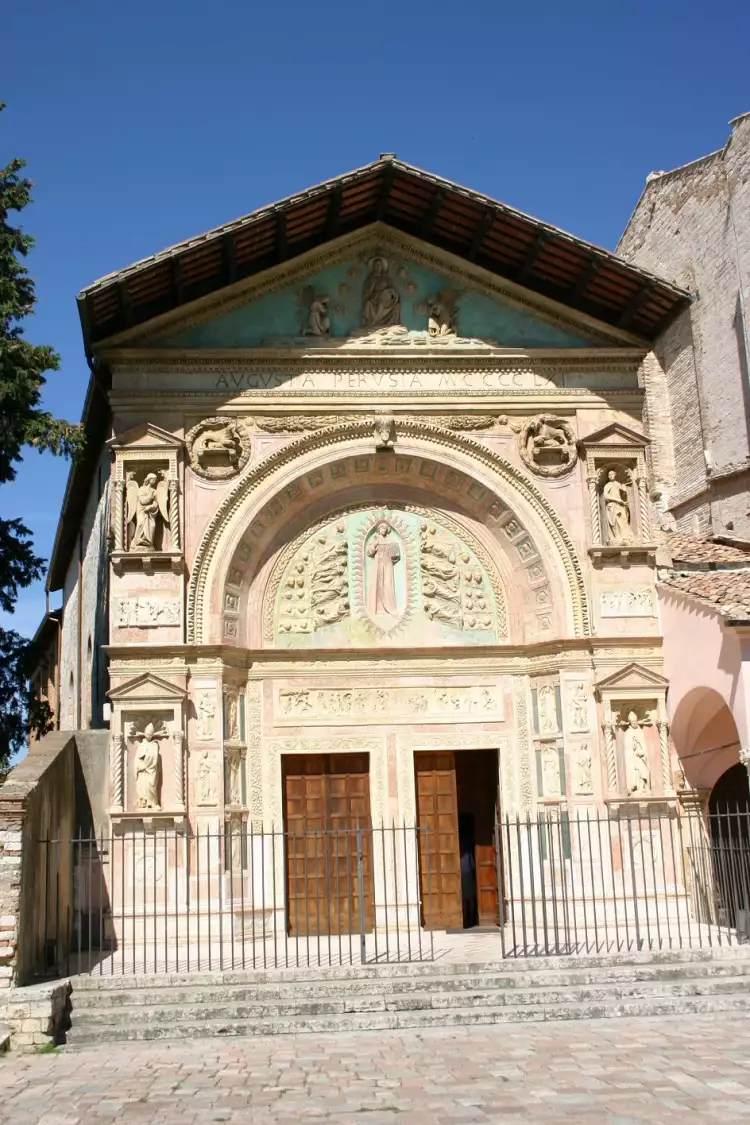 Bas-relief. Facade of the San Bernardino Oratory in Perugia, mid-15th century
Bas-relief. Facade of the San Bernardino Oratory in Perugia, mid-15th century
The revival of bas-relief architecture took place in the mid-15th century in Italy. According to the design of architect Leon Battista Alberti, the Tempio Malatestiano church was built in Rimini. The relatively unknown sculptor Agostino di Duccio created wall relief images of allegorical and mythological figures for the first time in a long while.
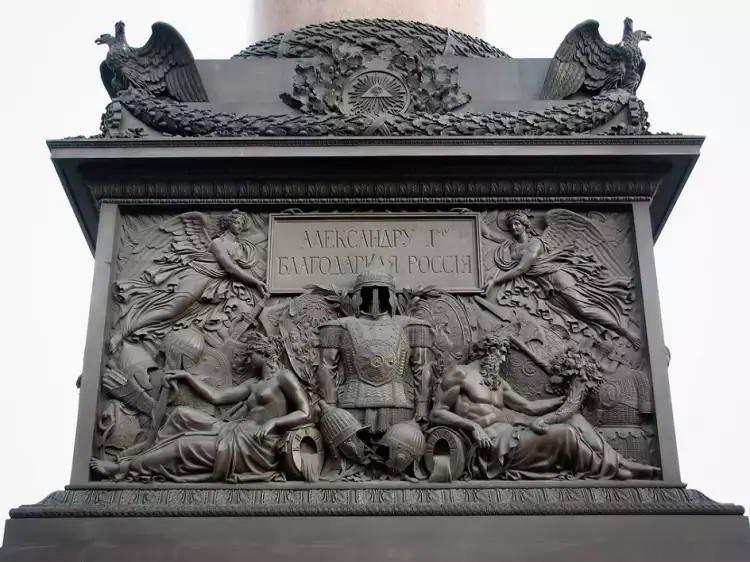 Bas-relief. Bas-relief of the pedestal of the Alexander Column in St. Petersburg, 1834
Bas-relief. Bas-relief of the pedestal of the Alexander Column in St. Petersburg, 1834
In the subsequent centuries, bas-relief once again became widely sought after in European architecture. Skilled architects began to extensively decorate temple and palace walls with relief images. In the industrial era, the sphere of application of raised sculpture rapidly expanded due to the emergence of new technologies and materials.
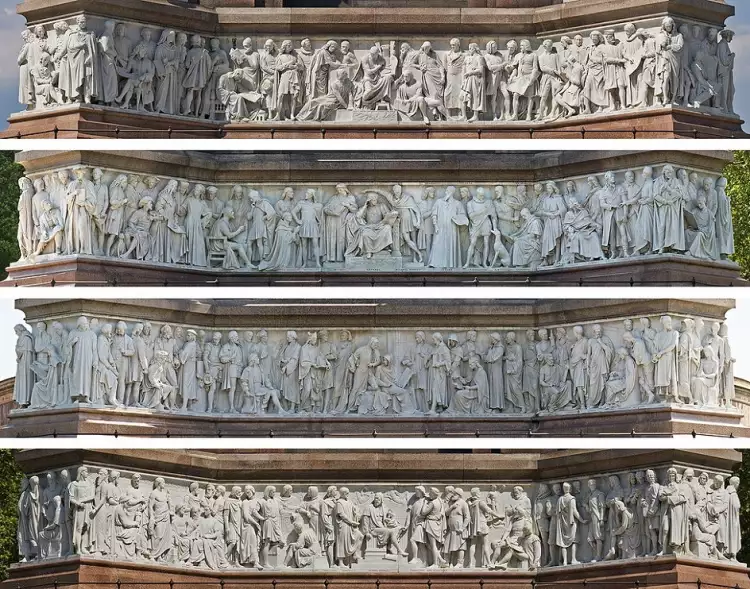 Bas-relief. Frieze of the base of the Albert Memorial in London, 1875
Bas-relief. Frieze of the base of the Albert Memorial in London, 1875
In the USSR, bas-reliefs were an important component of official propaganda for many years. Images related to the October Revolution, the Great Patriotic War, and the happy life of Soviet people adorned building pediments, metro station interiors, as well as the bases of thousands of monuments and steles throughout the country.
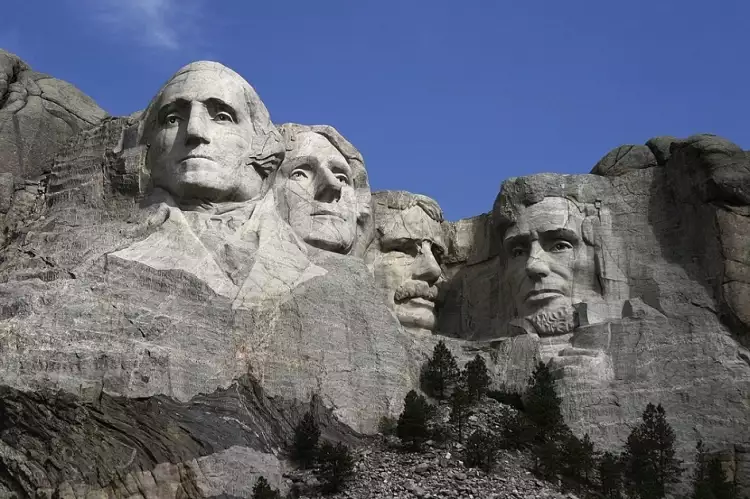 Bas-relief. Mount Rushmore Memorial in the USA, 20th century
Bas-relief. Mount Rushmore Memorial in the USA, 20th century
In the 21st century, bas-relief remains a sought-after form of monumental visual art. Outstanding contemporary sculptors continue the traditions of ancient masters and create new architectural masterpieces.
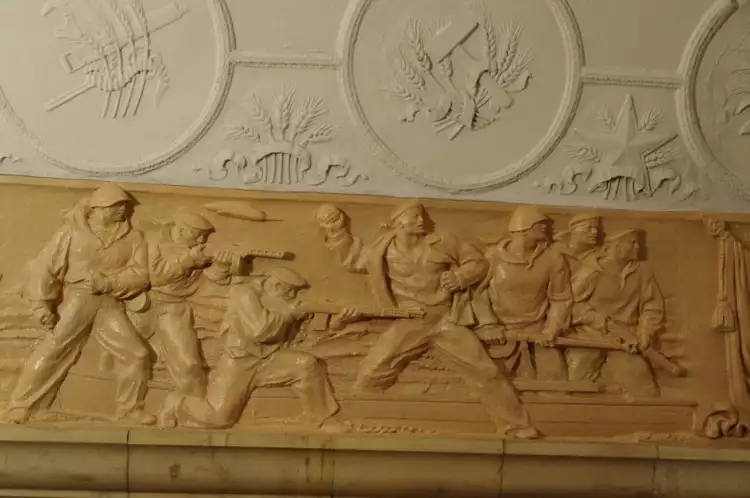 Bas-relief. Soviet bas-relief on a metro station in Moscow, 20th century
Bas-relief. Soviet bas-relief on a metro station in Moscow, 20th century
Most Famous Bas-Reliefs
Among the most famous bas-reliefs are works of monumental art by ancient masters and creations of architects from a new era. These include:
- Ishtar Gate (6th century BC) — a beautifully preserved example of Babylonian architecture that has survived to the present day. Modern scholars conducted extensive restoration work on the gate in the 1930s. Today, this discovery holds an honored place in the exhibition of the Museum of the Ancient Near East in Berlin.
- Ionic Frieze of the Parthenon (5th century BC) — a brilliant creation of ancient Greek architects under the guidance of Phidias. The marble composition, consisting of 378 human figures and 245 animal figures, had impressive dimensions (160 meters in length) and was painted with vibrant colors. Only about 80% of the original frieze has survived to this day.
- Angkor Wat Temple Complex (12th century) — a unique truncated pyramid-shaped masterpiece, accidentally discovered by French scholars in the Cambodian jungles in the mid-19th century. This grand architectural ensemble covers an area of over 200 hectares and its walls are adorned with impressive relief images.
- Albert Memorial Frieze in London (1875) — part of a magnificent Victorian-era monument. It features 169 figures of famous British painters, architects, sculptors, musicians, and poets.
- Mount Rushmore Memorial (1925) — a monumental sculptural group portrait of four U.S. presidents. The bas-relief, over 18 meters tall, is carved into a massive rock in South Dakota. The creation of the memorial took 14 years and involved the efforts of 400 people.
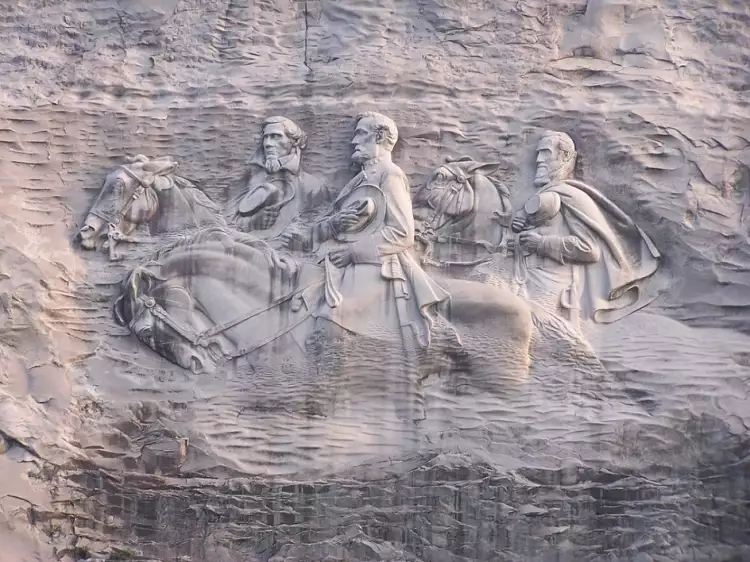 Bas-relief. Confederate Memorial bas-relief on Stone Mountain Rock, 20th century
Bas-relief. Confederate Memorial bas-relief on Stone Mountain Rock, 20th century
On the Very Important Lot portal, anyone interested can participate in online art auctions and acquire unique antique masterpieces. The website also offers all visitors the opportunity to purchase paintings inexpensively and commission sculptures and bas-reliefs from talented contemporary artists.
 Grisaille is a unique monochromatic art with stunning possibilities
Grisaille is a unique monochromatic art with stunning possibilities 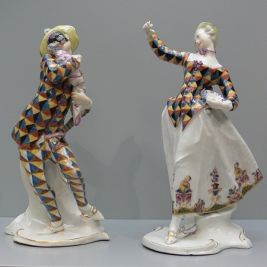 Nymphenburg Manufactory: A History of Porcelain Production
Nymphenburg Manufactory: A History of Porcelain Production  Albert Figdor Collection: Sweets for the ladies. Cigars for the gentlemen
Albert Figdor Collection: Sweets for the ladies. Cigars for the gentlemen  Schloss Ahlden: 190. Internationale Kunstauktion - Teil III
Schloss Ahlden: 190. Internationale Kunstauktion - Teil III 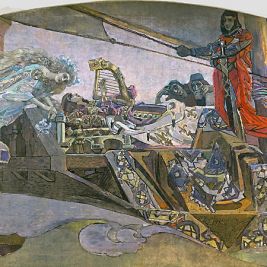 Modern - breakthrough or just a transitional period
Modern - breakthrough or just a transitional period 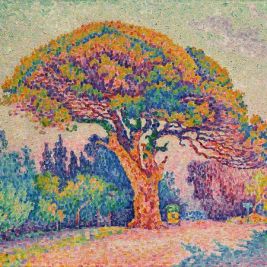 Post-Impressionism is a joyful and unconventional style in painting
Post-Impressionism is a joyful and unconventional style in painting  The Art of Ancient Russia is a unique blend of pagan traditions of Eastern Slavs and Byzantine influence on the local culture
The Art of Ancient Russia is a unique blend of pagan traditions of Eastern Slavs and Byzantine influence on the local culture  Renaissance is an era of great names
Renaissance is an era of great names  The Resurgence of Vintage Kitchen and Barware: A Collector’s Delight
The Resurgence of Vintage Kitchen and Barware: A Collector’s Delight 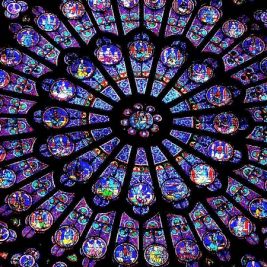 Stained glass is a grand masterpiece of monumental art made from small pieces of colored glass
Stained glass is a grand masterpiece of monumental art made from small pieces of colored glass